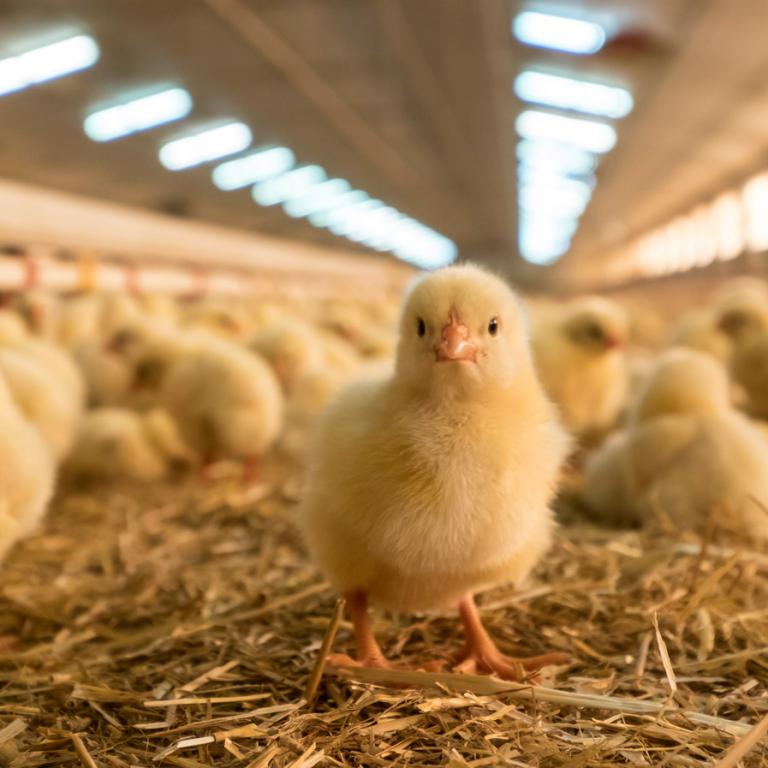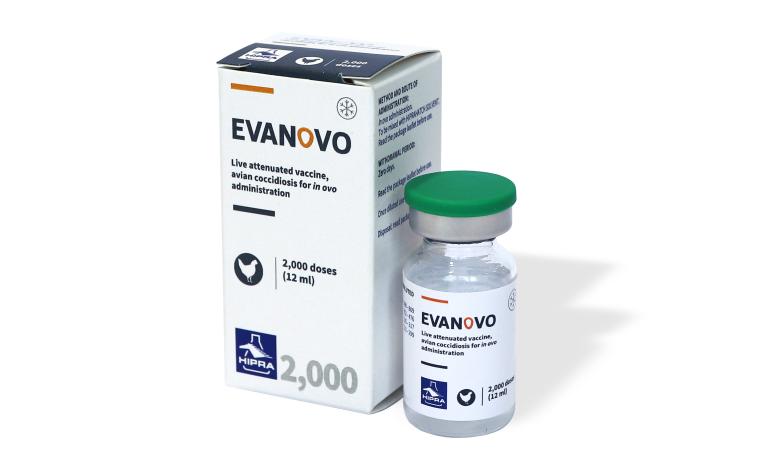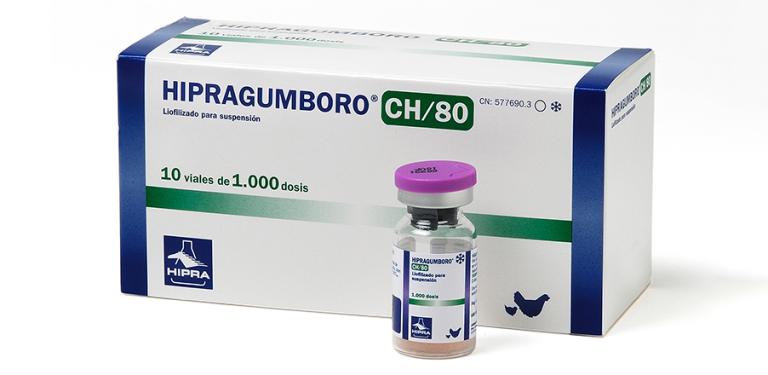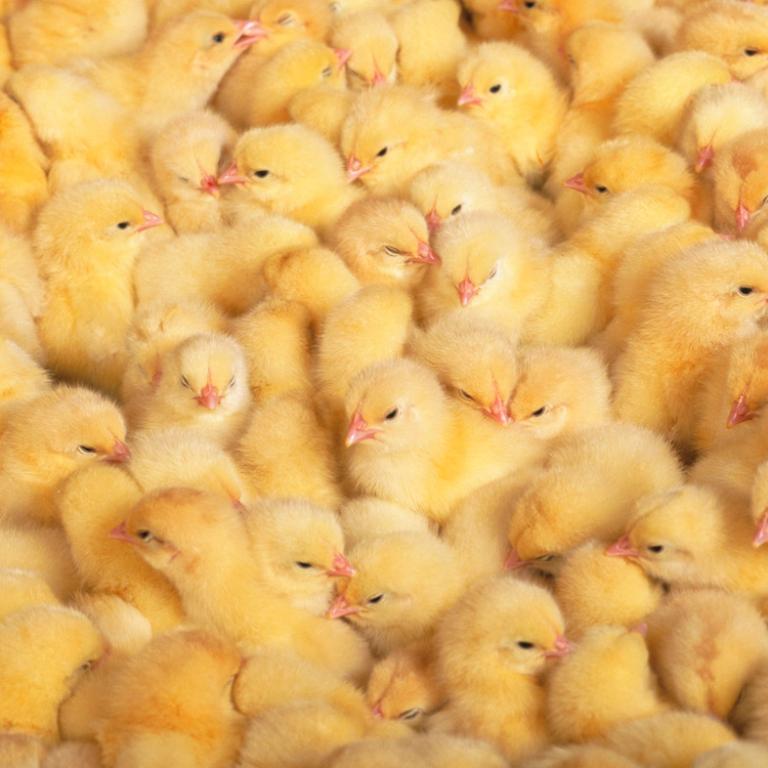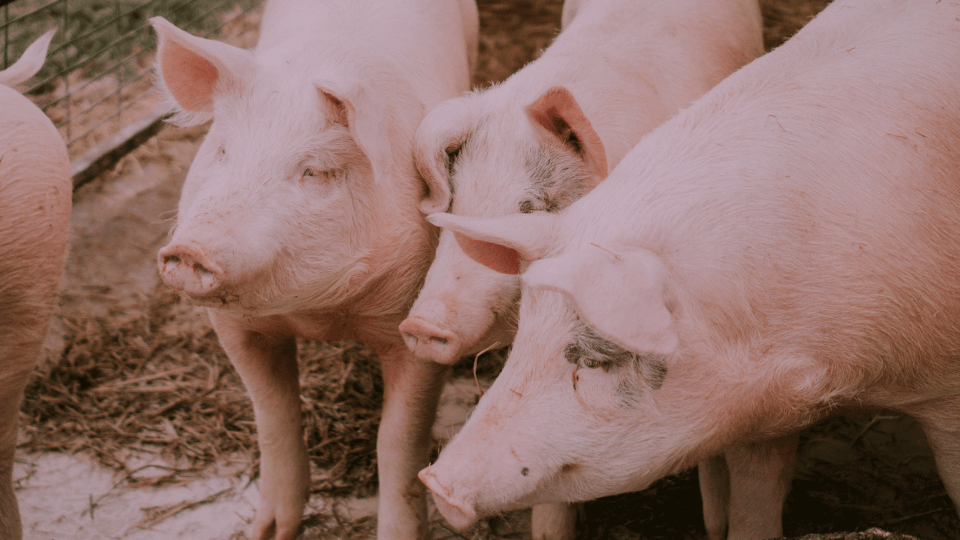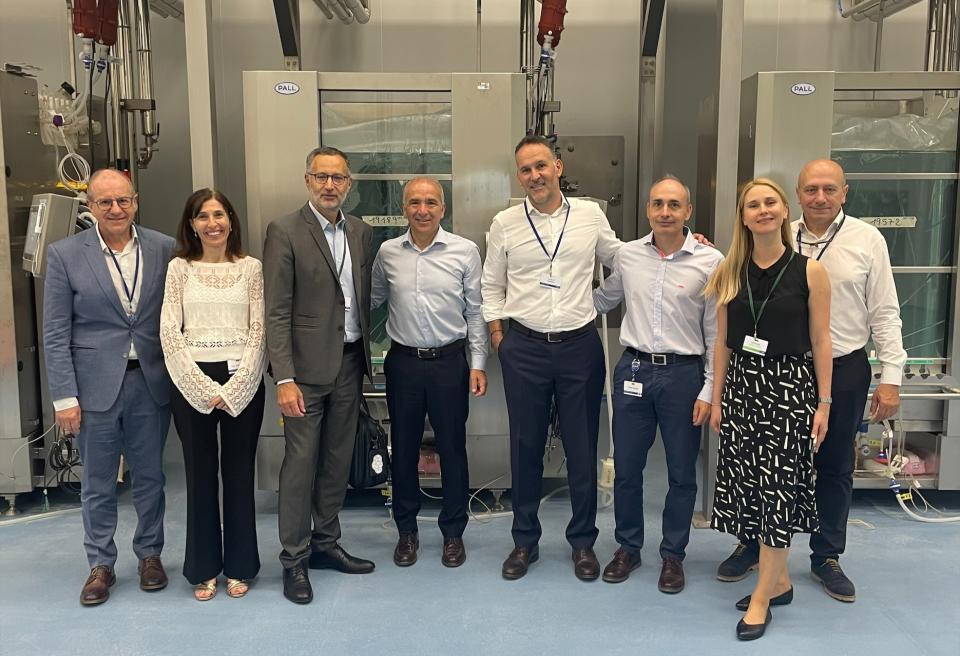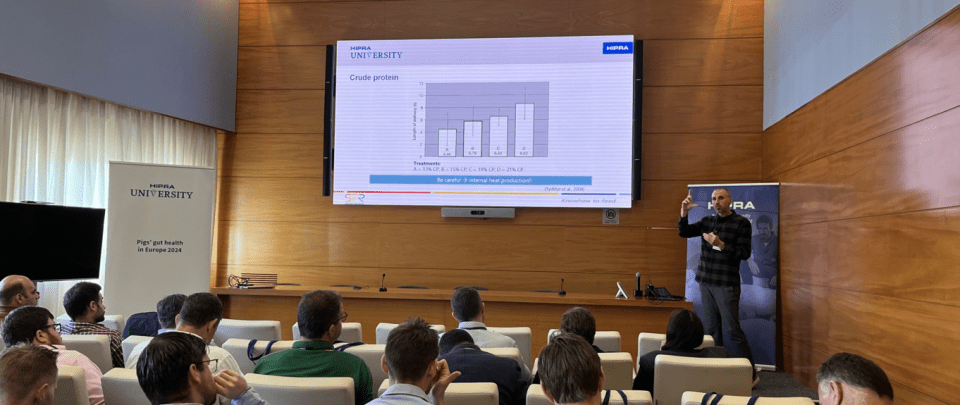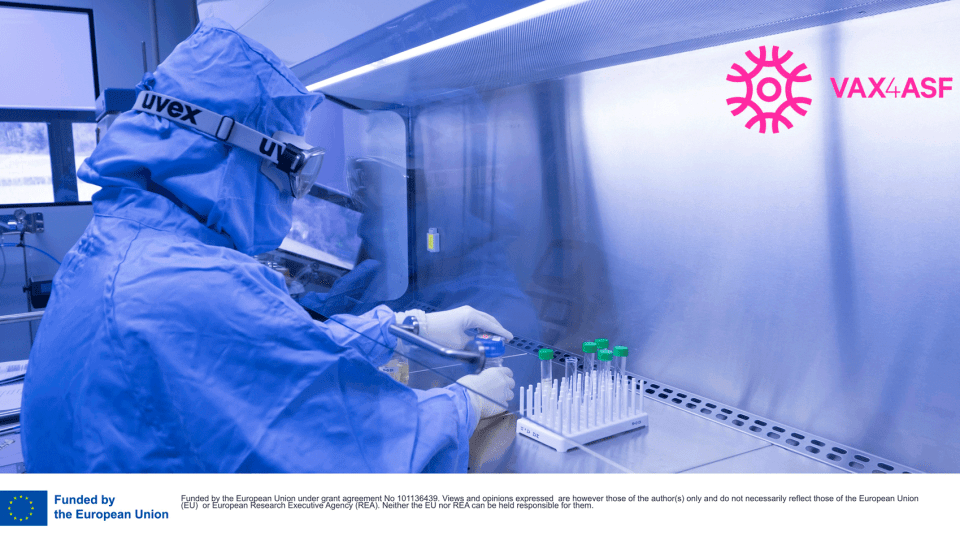With the currently increasing problems of drug-resistance and pressures from consumers to ban drugs from animal feeds, there is a pressing need to move away from chemotherapeutic control of coccidiosis towards vaccination. Most commercially available coccidiosis vaccines contain live oocysts of non-attenuated or attenuated strains of different Eimeria species, with the attenuated commercial vaccines produced using different attenuation methods.
The following video explains the process of attenuation of vaccine strains by precociousness:






